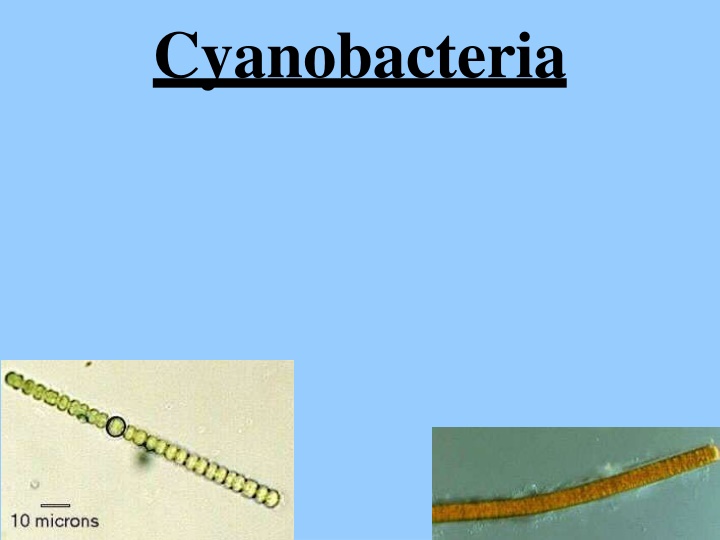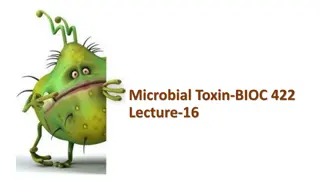Mushroom Council Upgrade: Enhanced Market Coverage and Sales Growth
The Mushroom Council's recent contract upgrade with Circana led to a significant increase in market coverage and fresh mushroom sales, reaching $1.5 billion annually. The report covers sales trends and unit sales over a four-year period, reflecting positive growth despite some volume declines. For detailed insights, refer to the provided images.
Download Presentation

Please find below an Image/Link to download the presentation.
The content on the website is provided AS IS for your information and personal use only. It may not be sold, licensed, or shared on other websites without obtaining consent from the author.If you encounter any issues during the download, it is possible that the publisher has removed the file from their server.
You are allowed to download the files provided on this website for personal or commercial use, subject to the condition that they are used lawfully. All files are the property of their respective owners.
The content on the website is provided AS IS for your information and personal use only. It may not be sold, licensed, or shared on other websites without obtaining consent from the author.
E N D
Presentation Transcript
Evolution Old 3.5 billion years Dominated as biogenic reefs Cyanobacteria were first algae! Cyanobacteria terminology - Division Cyanophyta -Cyanobacteria formerly known as BlueGreen Algae - Cyano = blue -Bacteria acknowledges that they are more closely related to prokaryotic bacteria than eukaryotic algae
Cyanobacteria -Microscopic organisms -Found in marine sediments and pelagic zone, freshwater lakes, soils, -Live in extreme environments chemically and temperature.
!!! Importance 1) First organisms to have 2 photosystems and to produce organic material and give off O2 as a bi- product. Very important to the evolution of the earths oxidizing atmosphere .
Importance 2) Many fix or convert atmospheric nitrogen into usable forms through Nitrogen Fixation when other forms are unavailable. IMPORTANT because atmospheric N2 is unavailable to most living organisms because breaking the triple bond is difficult N N
Cyanobacteria Characteristics - Pigments chl a, phycobiliproteins - phycoerythrin - phycocyanin * BlueGreen Color - allophycocyanin - Storage glycogen - Cell Walls amino acids, sugars
Forms Unicell with mucilaginous envelope Colonies Filaments uniserate in a single row - OR - multiserate not TRUE branching when trichomes are > 1 in rows
Features Trichome row of cells } Filament Mucilaginous sheath layer of mucilage outside of the cell wall.
Features Mucilaginous Sheath Function protects cells from drying and involved in gliding. Sheath is often colored: Red = acidic Blue = basic Yellow/Brown = high salt
Features Heterocyst thick walled cell, hollow looking. Larger than vegetative cells. FUNCTION provides the anerobic environment for N fixation. H- heterocyst
Heterocyst Vegetative cells Anabaena
Habit success due to ability tolerate a wide range of conditions Marine littoral and pelagic Fresh Water Hot Springs Terrestrial soil flora
Heterocyst Larger than vegetative cells Hollow looking Thick walled doesn t allow atmospheric gas to enter. Photosynthetically inactive No CO2 fixation or O2evolution Formation of heterocysts triggered by [molybdenum] and and low [nitrogen]
Heterocysts are the sites for Nitrogen fixation.
Akinetes are asexual propaguleswhich derived from the vegetative cells. It protects in unfavourable conditionthis aids in asexualreproduction
Nitrogen Fixation ONLY cyanobacteria and prokaryotic bacteria can FIX nitrogen. Of these two only CYANOBACTERIA evolve OXYGEN during photosynthesis Important because nitrogenase (enzyme involved in fixing nitrogen) is INACTIVATED by O2.
AEROBIC LIGHT ----------- CH2O (sugar) +O2 CO2 +H2O Electrons for PS1 come from PS2 which evolves oxygen (splitting of water)
ANAEROBIC in the presence of sulfer 2H2S + CO2 -------- CH2O +2S + H2O H2S is the electron donor so the reaction does not produce oxygen.
Cyanotoxins in Cyanobacteria Neurotoxins block neuron transmission in muscles (Anabaena, Oscillatoria) Hepatotoxins inhibit protein phosphatase, cause liver bleeding. Found in drinking water. (Anabaena, Oscillatoria, Nostoc) Eg. swimmers itch - Lygnbia
Movement No flagellae or structures to enhance movement C) Excrete mucilage jet propulsion, gliding E) Helix fibers send waves of contraction Spirulina
Spirulina filamentous common in lakes with high pH major food for flamingo populations commercial food source
Anabaena with a heterocyst - common bloom forming species with nutrient loads
Lyngbia martensiana Releases chemicals causing dermatitis
Asexual Reproduction - Hormogonia formation - - Endospore / Akinete formation - - Fragmentation - Exospore
Asexual Reproduction Hormogonia short piece of trichome found in filaments. It detaches from parent filament and glides away Hormogonia
Oscillatoria with hormogonia - short pieces of a trichome that become detached from the parent filament and glide away to form new filament.
Asexual Reproduction Akinete thick walled resting spore A - akinete H
Asexual Reproduction Akinete thick walled resting spore Function resistant to unfavorable environmental conditions. Appear as larger cells in the chain and different than heterocyst. Generally lose buoyancy A - akinete H
Asexual Reproduction Fragmentation - fragmentation
Oldest Fossils 3.5by old carbonaceous microfossils S.Africa 3.4by old filaments and microbial fossils W. Australia 3.4 by old stromatolites S.Africa,Australia
Cyanobacteria and Understanding the Past Stromatolites Shark Bay, W.Australia























